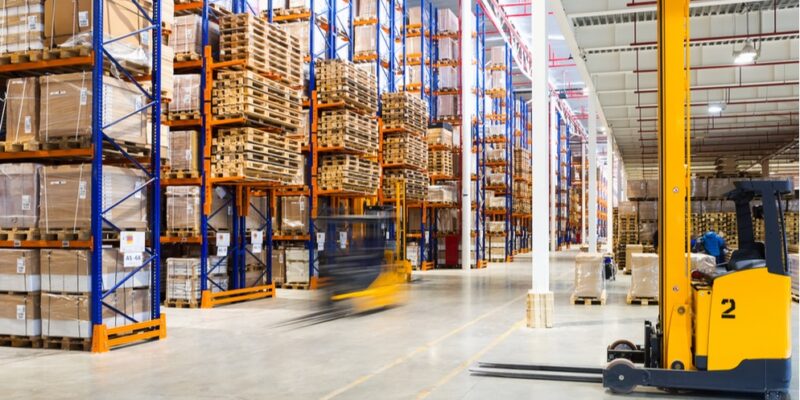In most logistics warehouses there are 2 main types of storage such as:
- Storage for heavy loads that usually prefer pallet-racking solutions
- Secondly, either manual storage or picking solutions are used for lighter loads.
A pallet changer is also used in many warehouses. You can seek help from Top Industries to customize the picking process based on your individual needs.
Three key points from best practices of warehouse to lower picking time:
- Picking best practices can always be applied to most companies
- You must keep the most frequently picked items very close to the shopping areas for minimizing picking time
- Adjust your warehouse layout so that you can minimize travel time between your picking locations and your storage locations after developing processes to regularly check to picking travel times
What is picking in logistics?
Picking in logistics refers to the organisation and preparation of a product or order in the supply chain.
It accounts for a sizeable portion of the expense in logistics operations and procedures since it entails several tasks, including order fulfilment, which includes packaging and labelling, monitoring, and movement of the order, among others.
The quality of this process must be taken into account because faster preparation and outcomes lead to higher customer satisfaction, fewer errors, and cheaper costs. This is why process optimization is so vital.
If the products being processed are flawed or have any defects or damage, the prices of reverse logistics and opportunity costs will rise. This could happen if there is insufficient labour or poor strategic planning at the organisation. Customers will be less satisfied as a result of this issue and their orders will take longer to arrive.
Companies have developed sophisticated and efficient picking solutions as a result of the need to minimise the time of these processes and carry them out correctly.
Keys for optimising the picking
This may vary from warehouse to warehouse and each will need certain different picking processes, however, there are 5 keys to help optimise the whole process irrespective of the type or size of a warehouse.
- Your goods have to be located correctly with their proper references, and without their getting mixed up with other different references. This can ensure a reduction of time for the operator
- It can be faster and more convenient if working closer to the level of the floor so that the items will be within the operator’s reach without any need for robots. However, if there are several products and large storage space is needed, then such products must be placed vertically with well-organised systems, by placing the most demanded items lower down and the least demanded items higher up, with robots
- The space must be small and also easy to access so that the machine or operator working does not spend more time travelling very long distances
- The operators’ or machines’ routes must be fully utilised, thus when they move across the warehouse, they must collect the orders in batches rather than one at a time.
- No intermediary must be there between the order picking point in the warehouse and its delivery point.
You can find the latest picking process from the official YouTube of Top Industries.

Comments